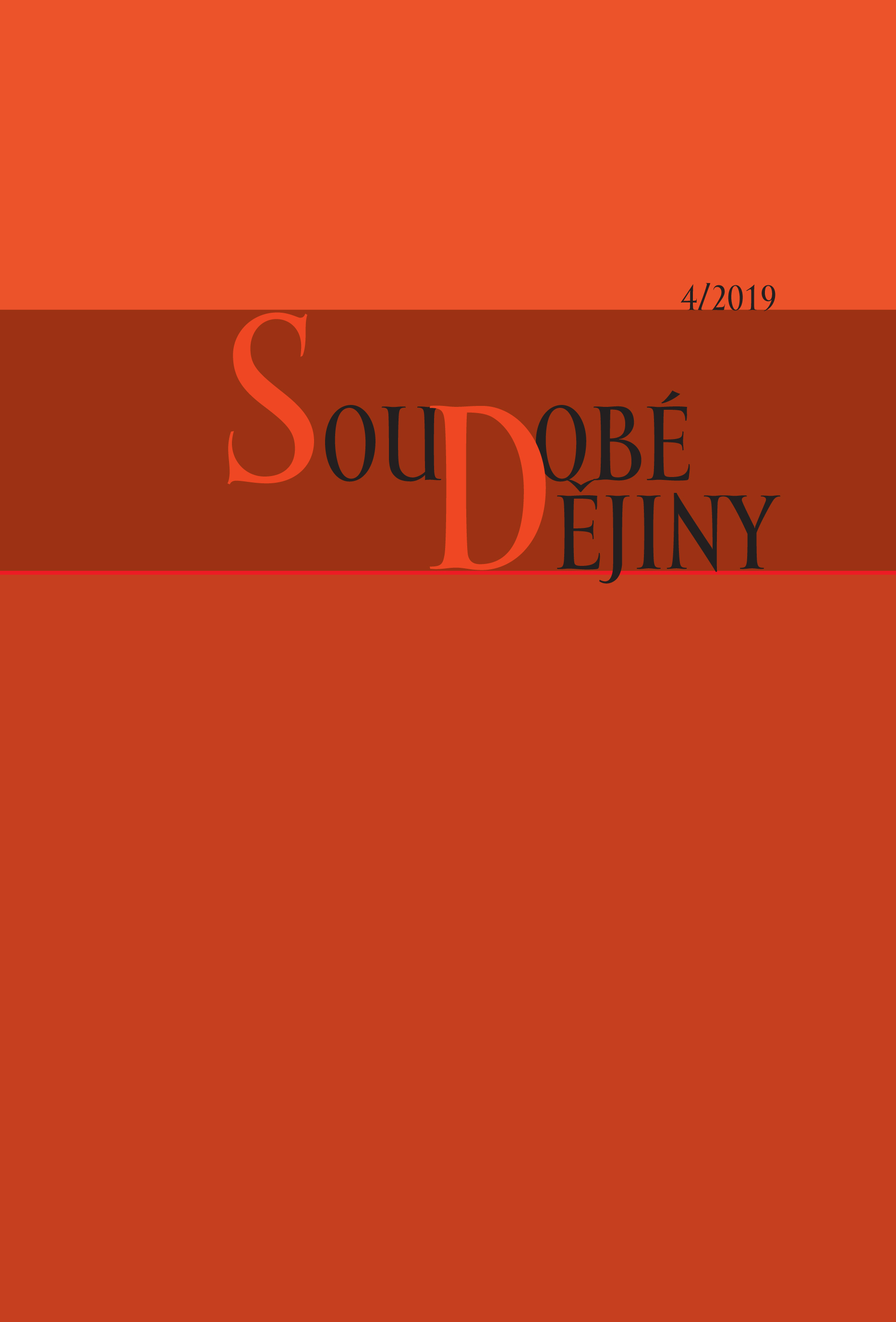Diktát komunistické politiky, nebo dědictví umělecké avantgardy?
Dictate of the Communist policy, or legacy of the art avant-garde?
Author(s): Michaela JanečkováSubject(s): History, Cultural history, Architecture, Political history, Social history, Recent History (1900 till today), WW II and following years (1940 - 1949), Post-War period (1950 - 1989), History of Communism
Published by: AV ČR - Akademie věd České republiky - Ústav pro soudobé dějiny
Keywords: Czechoslovakia; socialist modernity; architecture; housing; Communist regime
Summary/Abstract: Zarecorová, Kimberly Elman. Utváření socialistické modernity: Bydlení v Československu v letech 1945–1960. (Šťastné zítřky, Vol. 16.) Translated from the English original by Alena Všetečková. Prague: Academia, 2015, 419 pp., ISBN 978-80-200-2308-7. In the reviewer’s opinion, even the first edition of the book "Manufacturing a Socialist Modernity: Housing in Czechoslovakia, 1945–1960" (Pittsburgh, Pittsburgh University Press 2011) had an initiation effect, as its authoress, the American art and architecture historian Kimberly Elman Zarecor, contributed to redefining the discourse and field of research of Czech historians of Czechoslovakia’s post-war architecture, who generally did not view the socialist housing, and particularly prefab, architecture as a relevant professional topic, in it. The authoress based her work on three pillars; hitherto unknown sources in state archives, which unveil mechanisms of the connection between architecture and politics; using these sources, she shows how problematic is to perceive the Communist Party of Czechoslovakia as a monolithic structure; and she focuses on typical processes of the socialist housing construction rather than on exceptional esthetic projects and realizations. Zarecor successfully described the transformation of the practicing of architecture between 1948 and 1960, voicing doubts that it had been forcefully shaped by the political power against the will of the architects themselves. She showed that, as early as between the wars, Czechoslovak architects had been thinking about collective work, most of them later welcoming an opportunity to work in state studios where they were given all-society tasks, in particular the pressing issue of collective housing. In addition, the authoress included biographies of many members of the pre-war avant-garde, particularly Jiří Kroha (1893–1974).
Journal: Soudobé Dějiny
- Issue Year: XXVI/2019
- Issue No: 4
- Page Range: 585-593
- Page Count: 9
- Language: Czech

